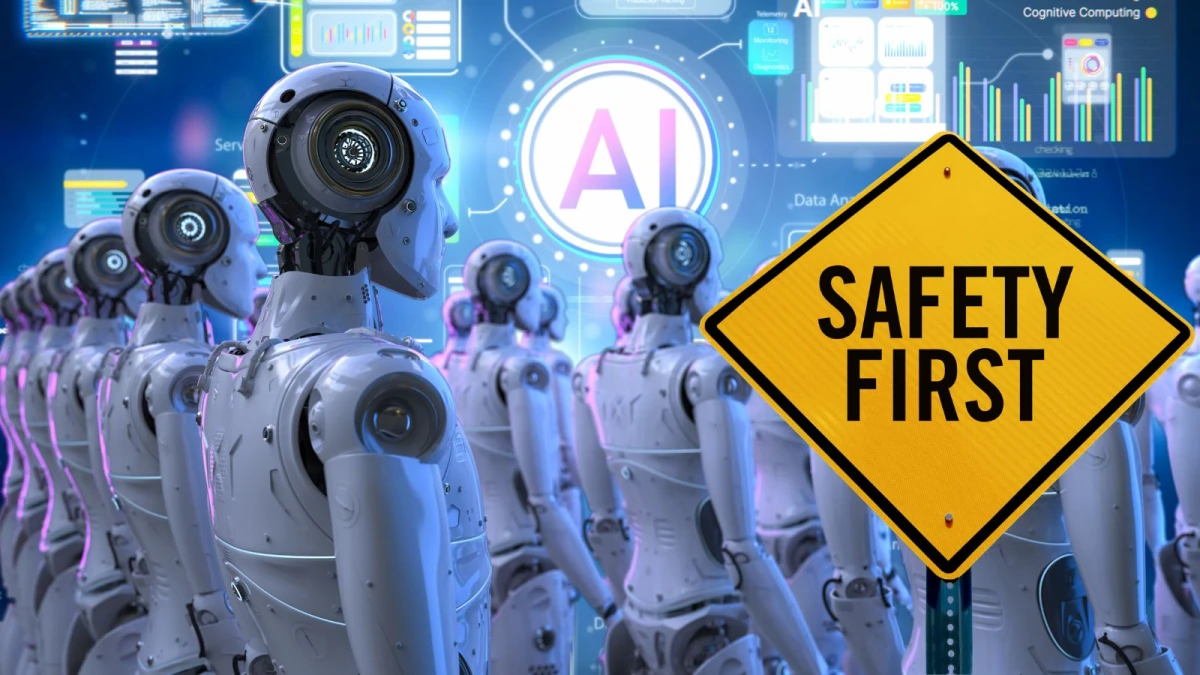
Deploying agentic AI with safety and security: A playbook for technology leaders
Business leaders are rushing to embrace agentic AI, and it’s easy to understand why. Autonomous and goal driven, agentic AI systems are able to reason, plan, act, and adapt without human oversight—powerful new capabilities that could help organizations capture the potential unleashed by gen AI by radically reinventing the way they operate. A growing number of organizations are now exploring or deploying agentic AI systems, which are projected to help unlock $2.6 trillion to $4.4 trillion annually in value across more than 60 gen AI use cases, including customer service, software development, supply chain optimization, and compliance.1 And the journey to deploying agentic AI is only beginning: just 1 percent of surveyed organizations believe that their AI adoption has reached maturity.
But while agentic AI has the potential to deliver immense value, the technology also presents an array of new risks—introducing vulnerabilities that could disrupt operations, compromise sensitive data, or erode customer trust. Not only do AI agents provide new external entry points for would-be attackers, but because they are able to make decisions without human oversight, they also introduce novel internal risks. In cybersecurity terms, you might think of AI agents as “digital insiders”—entities that operate within systems with varying levels of privilege and authority. Just like their human counterparts, these digital insiders can cause harm unintentionally, through poor alignment, or deliberately if they become compromised. Already, 80 percent of organizations say they have encountered risky behaviors from AI agents, including improper data exposure and access to systems without authorization.3
[....]



